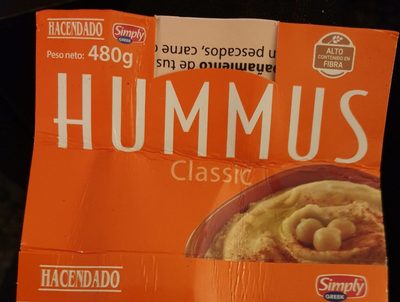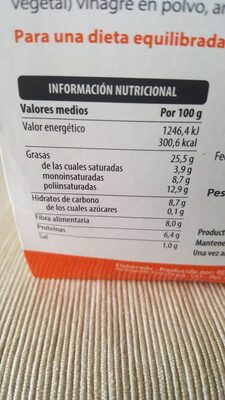Hummus classic - Hacendado
This product page is not complete. You can help to complete it by editing it and adding more data from the photos we have, or by taking more photos using the app for Android or iPhone/iPad. Thank you!
×
Código de barras: 8480000808714 (EAN / EAN-13)
Marcas: Hacendado
Categorías: en:Plant-based foods and beverages, en:Plant-based foods, en:Condiments, en:Spreads, en:Plant-based spreads, en:Salted spreads, en:Sauces, en:Dips, Hummus, en:Classic hummus
Etiquetas, certificacións, premios: Source of fibre, High fibres
Tendas: Hacendado
Country: España
Matching with your preferences
Medio ambiente
Carbon footprint
Empaquetado
Transportation
Report a problem
Data sources
Product added on by openfoodfacts-contributors
Last edit of product page on by 5m4u9.
Páxina do produto tamén editada por acuario, dicki, elcoco, inf, kiliweb, moon-rabbit, roboto-app, sitrizel, tacite-mass-editor, yuka.Ry8wNkxZQW9oT1lTZ3Rva3hVM1g1Yzl4bHIvNVJVQzlNUEVwSVE9PQ.











